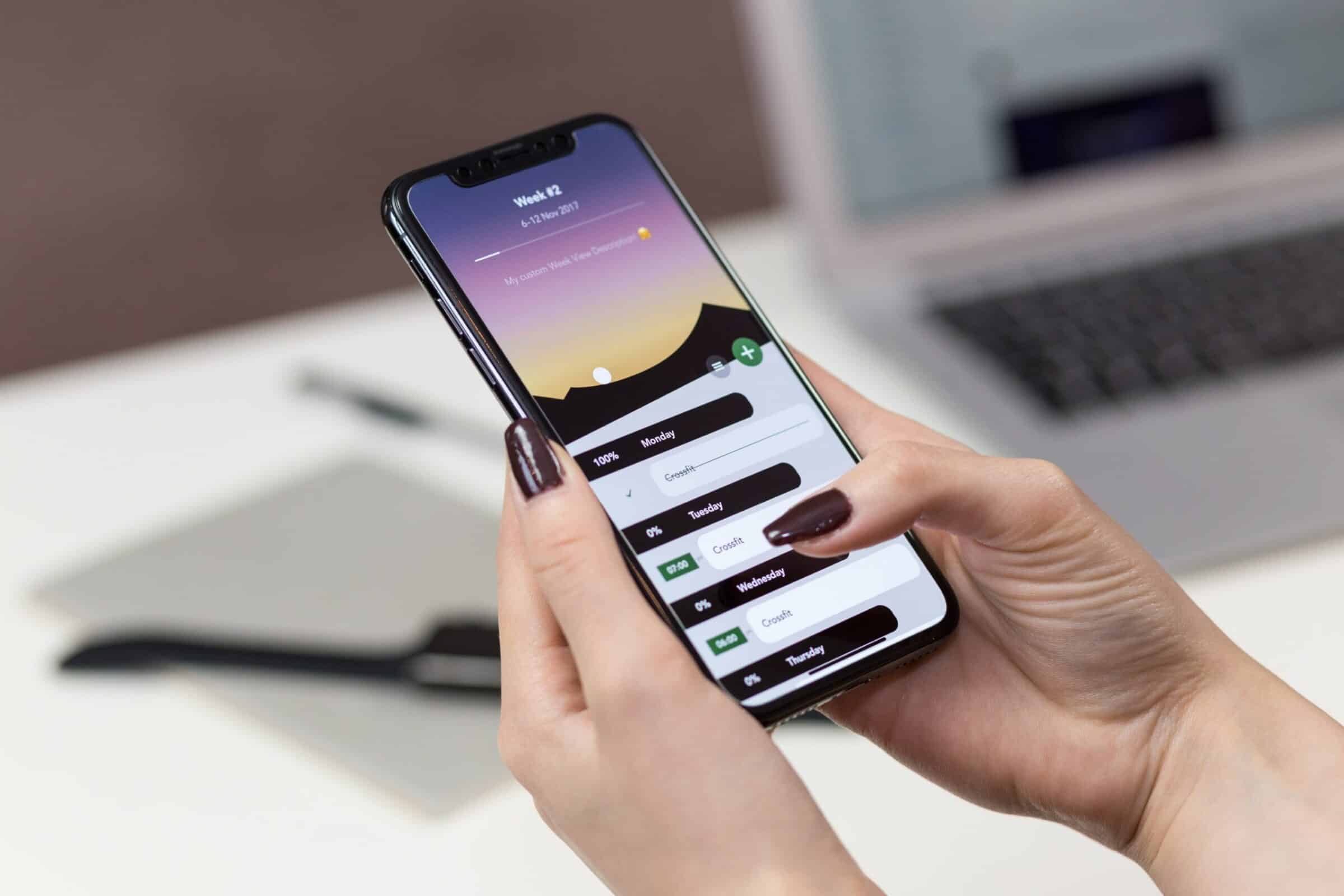What is Spoofing?
According to the FCC, “Spoofing is when a caller deliberately falsifies the information transmitted to your caller ID display to disguise their identity.” Scammers use spoofing to make it appear as though a call is coming from a local number, or a company or agency that you recognize and trust. If you answer a spoofed call, the scammer often pushes you to reveal personal information. They may also ask for payment for a service they claim is necessary or required to avoid trouble.
Under some instances, spoofing is illegal, but there are legitimate uses, as well. If a doctor calls you from their personal phone, they can legally display their office phone number on the caller ID. However, misleading or inaccurate caller ID information cannot be legally used with malicious or fraudulent intent, such as trying to get money, or cause other damage.
How to Avoid Becoming a Victim
Because spoofed numbers are not easy to identify, especially when they’re phone numbers you recognize, it is important to be extremely careful about the information you provide during any phone call. You may not be able to tell right away if an incoming call is legitimate or spoofed. Here are eight ways to avoid becoming a victim of spoofing:
- Don’t answer calls from unknown numbers. If you do so by accident, hang up.
- If a caller (live or recorded) suggests hitting a button to stop receiving calls from them, hang up. This can be a trick to engage you in conversation.
- Never give out any personally identifiable information – for example, account numbers, Social Security Number, passwords or PINs, or your mother’s maiden name.
 If a caller claims to be with a legitimate company or the government, hang up and call back using the phone number on a statement you have from them, or on their verified, secure website. This is particularly important if the caller asks you to verify personal information or make a payment.
If a caller claims to be with a legitimate company or the government, hang up and call back using the phone number on a statement you have from them, or on their verified, secure website. This is particularly important if the caller asks you to verify personal information or make a payment.- If you are immediately pressured for information – be cautious. You are not obligated to answer any question asked of you.
- Set your own password for your voicemail. Some voicemail services are set up to automatically allow access to your mailbox if you call in from your own phone. If a scammer spoofs your number, they can access your messages unless there is a password or PIN requirement in place.
- Use a call blocking tool (talk to your phone company) or reputable app on your mobile device. There are different options for different platforms. Do some research and choose the one that makes the most sense for you.
Mobile service providers have done a lot lately to cut back on spam calls. Unfortunately, spoofed calls still make their way through in many instances. To further reduce spam calls in general, register for the Do Not Call list (donotcall.gov or 888-382-1222). If calling, make sure you call from the number you want to register.
Many scam callers will not leave voicemail messages, but some will. Remember to check your voicemail regularly so you don’t miss important calls simply because you don’t recognize an incoming number. You’ll also prevent your mailbox from becoming full by deleting any unimportant or spam messages.
Spoofing is on the Rise
Hackers are well versed in spoofing to take advantage of people for their own gain. Spoofers target large corporations like Amazon and Apple to gain access to the personal information of trusting people. They also use numbers of local businesses for nefarious purposes. A gentleman recently called Safety Net after he received a call from what appeared to be our main number. A recorded message indicated border patrol had seized a package. A live person came on the line and asked for his personal information, including payment to release the package. He quickly realized the call was a scam. He called the number on his caller ID (our office) to inform us of the spoofed call.
Unfortunately, there is not much you can do if your number is being spoofed. On the plus side, scammers usually move quickly from one number to the next to avoid detection. Regardless, complaints can lead to fines. Recently, the FCC fined a telemarketer $225 million for robocalls – many that were illegally spoofed! If you believe a spoofer has contacted you or is using your number illegally, you can file a complaint with the FCC at this site: https://consumercomplaints.fcc.gov/hc/en-us/requests/new?ticket_form_id=39744.
The best way to avoid falling victim to spoofing is to hang up, don’t hang on!


